Nutrition Myth-Busting: Superfood or Super Fad?
MEGHAN SHOOKMAN, Senior Brand Manager of Innovation for Prepared Foods
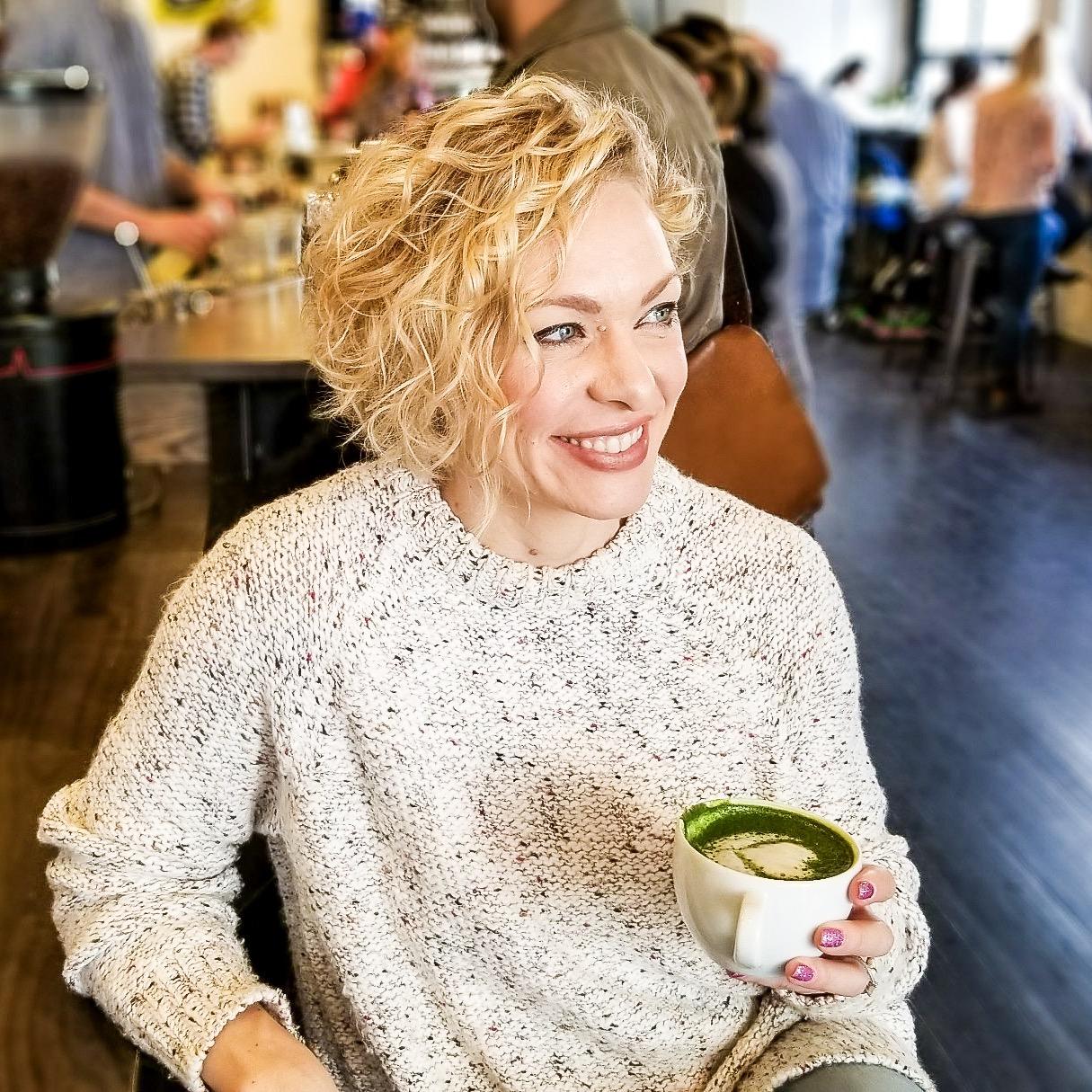
Meghan getting her daily dose of morning matcha.
If you’re not sipping an acai and kale superfood smoothie and throwing back a double shot of matcha, followed by an ACV (apple cider vinegar, duh) chaser every morning, like, what are you doing with your life?
*insert eyeroll as big as an Instagram mega-influencer following*
With new “superfoods” and fad diets popping up on the daily, it can be near impossible to keep up with the hype. Even worse, it seems like two minutes later there’s evidence that the latest crown jewel is actually a cheap knock-off. So how are we, as consumers, supposed to navigate the moguls of the new food landscape?
While I’m not a certified nutritionist, it IS my job as senior brand manager of innovation to hunt down the latest trends and decide:
- Is this a superfood that could have a positive, lasting impact on our diets? Or…
- Is this some sort of supercalifragi-lifestyle fad that should be left in the dust?
Luckily, we have an abundance of resources to help read this crystal ball. First, we have stellar research partners like TECHNOMIC and MINTEL who put these trends on our radars (check the links for their 2019 predictions).
There are oodles of industry publications like EATER or MINDBODYGREEN, among others, that also report on forward-looking food wellness trends. But internally, we also have the support of OUR OWN PANEL OF TRENDTELLERS to keep us up-to-date on their 2019 predictions for the world of food, as well as the aid of our nutrition team to help decipher whether these trends are bogus or legit.
It’s important to note that the “superfood” claim isn’t actually defined by the FDA or any other major regulatory authorities. However, it was ADDED TO THE MERRIAM-WEBSTER DICTIONARY in 2014, defined as:
“a food (such as salmon, broccoli, or blueberries) that is rich in compounds
(such as antioxidants, fiber, or fatty acids) considered beneficial to a person’s health.”
While it’s defined, it’s still mired in vagueness. And it’s this vague definition that has everyone marketing every new product as the next superfood. So, let’s look at a few that have hit the mainstream recently and put this question to bed: superfood or super fad.
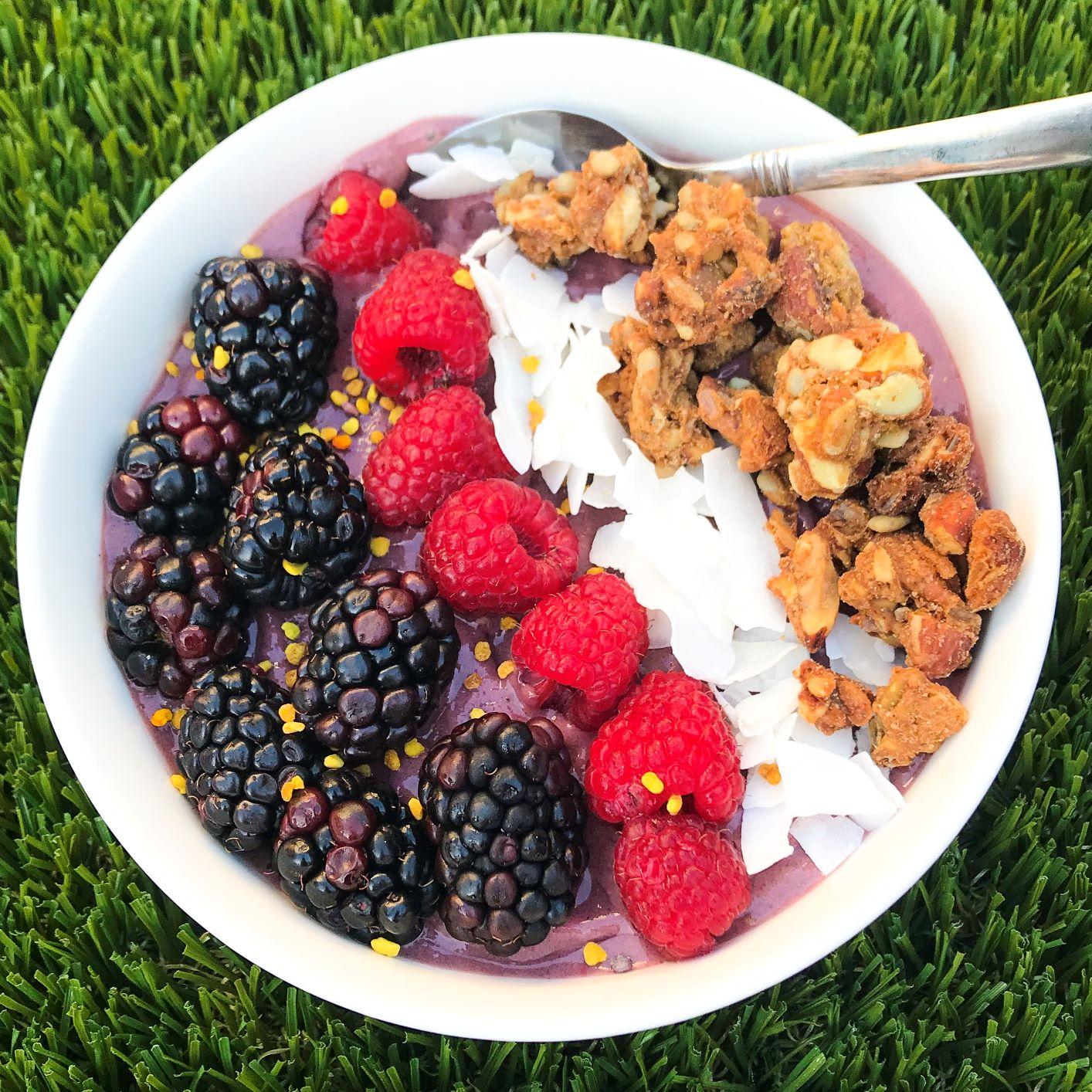
Acai Bowls
These Amazonian berries are all the rage with the smoothie bowls trend. While they have high amounts of inflammation-fighting antioxidants, the issue is that pure acai is quite bitter. And to maintain its nutrient level and make the voyage to the U.S., acai berries need to be ground up or frozen within 24 hours of being harvested.
Often, this process includes mixing in loads of sugar. Those frozen packets of acai? Check out the second ingredient: sugar. And that dried acai powder? It’s usually being blended with sweetened almond milk at your favorite smoothie shop and drizzled with honey. Not to mention, acai bowls are never complete without sugary toppings like granola, more berries, coconut flakes, etc.
In fact, one of the popular acai bowls has 67g of sugar! That’s 2-3 times the amount you should have in a DAY. Yes, a whole day, according to the American Heart Association.
Verdict: SUPER FAD
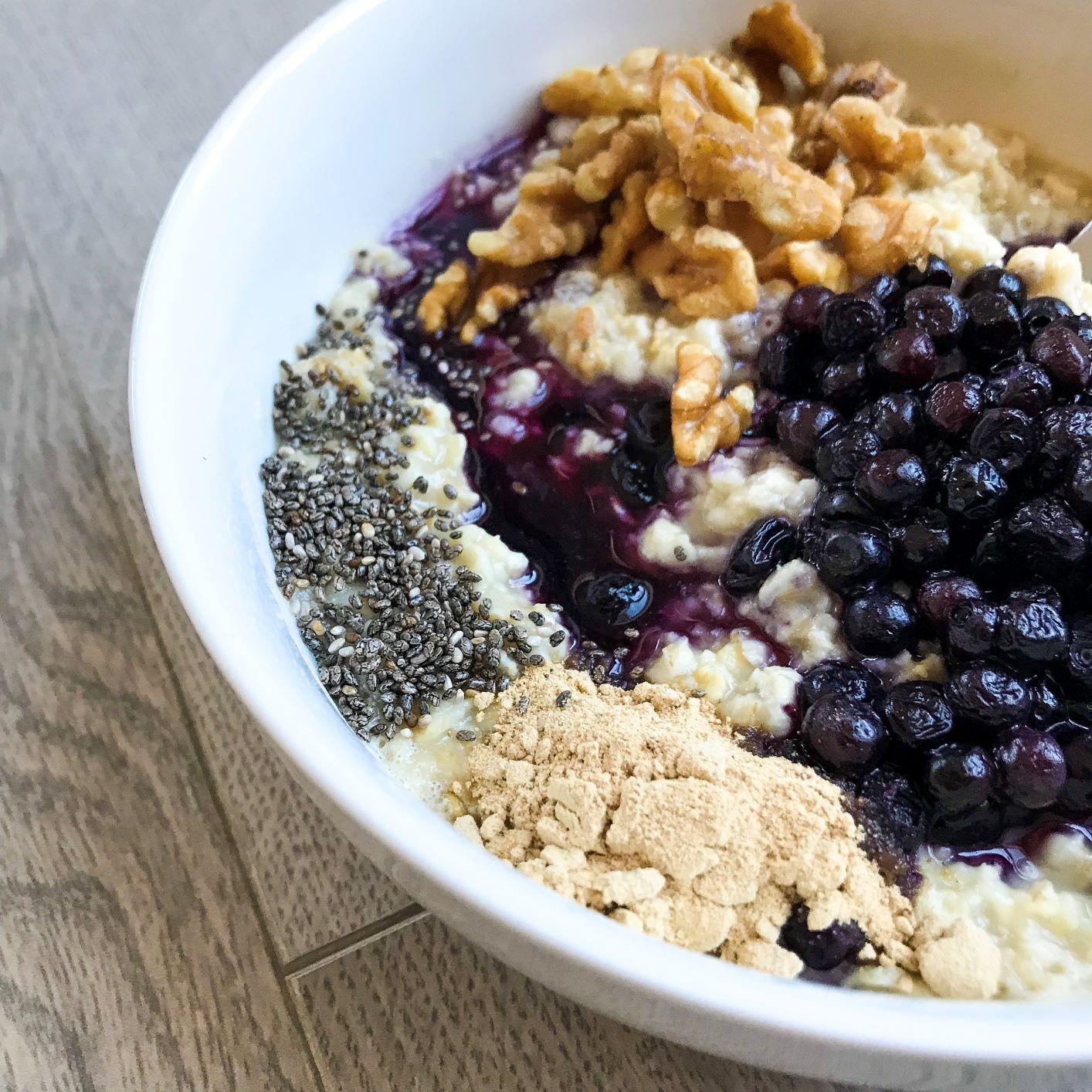
Chia Seeds
Remember those clay figurine Chia Pets that sprouted grass-like fur (maybe I’m showing my age here)? Those same chia seeds are being popularized for their ability to energize and keep you full due to ample amounts of fiber, protein and omega-3’s.
The tiny seeds expand when added to wet ingredients and are commonly used in smoothies, sprinkled on top of yogurt or oatmeal, or used to create chia pudding by adding the seeds to nut milk (one of my favorites is this PUMPKIN CHIA PUDDING).
While these little bundles are quite nutrient-dense, there are still limited studies to prove that continued use leads directly to weight loss, if that’s your end goal. However, they contain all nine essential amino acids that our body needs, but cannot make, to build muscle. That’s a big woo-hoo for plant-based protein!
Verdict: SUPERFOOD
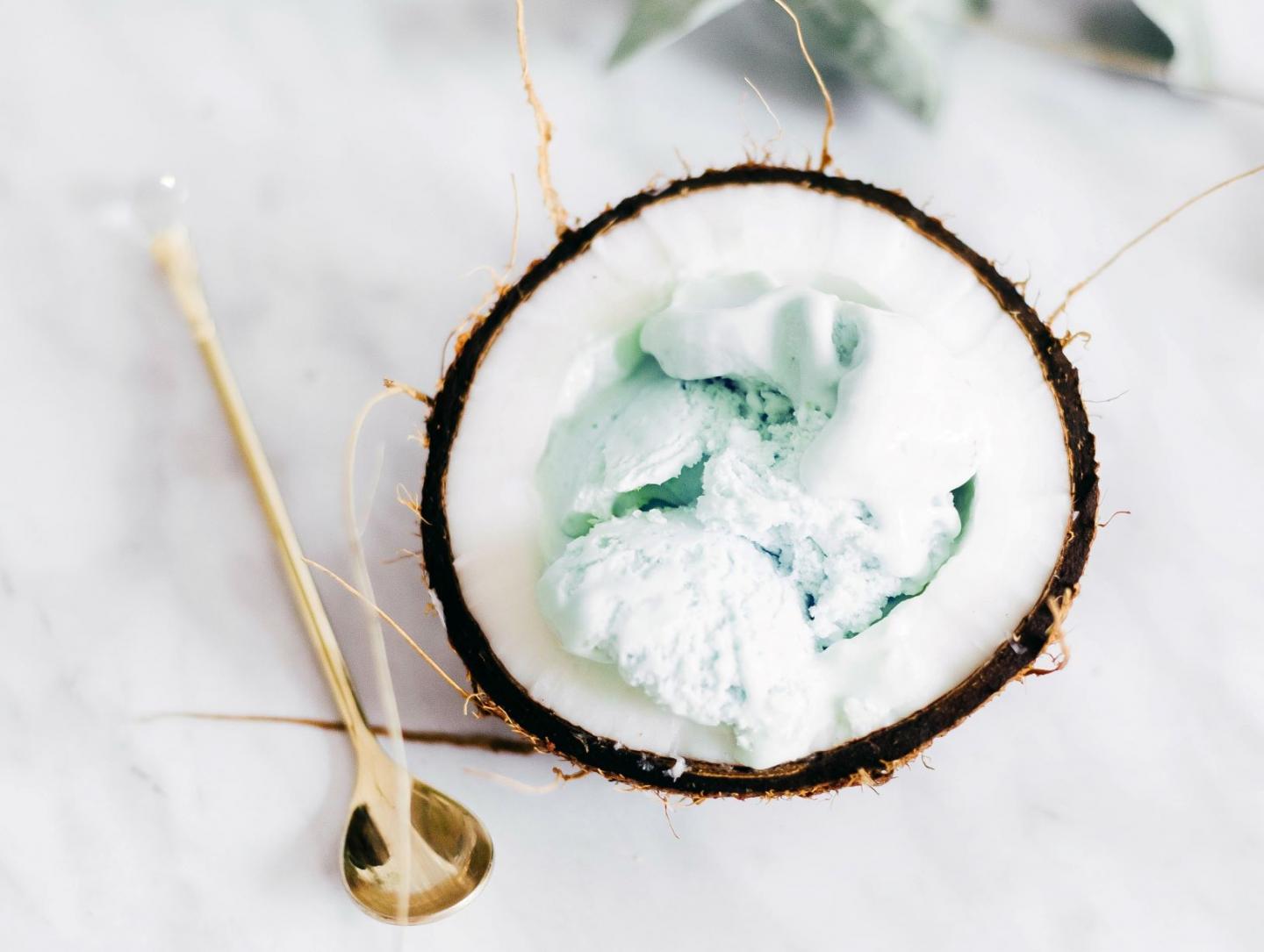
Coconut Oil/Butter
Consuming fat is back in vogue and as a result, we’ve seen the proliferation of avocado toasts and coconut butter “bombs” deemed as “healthy” sweet treats, especially for those following the keto diet.
But ACCORDING TO DR. ALICE H. LICHTENSTEIN, Tufts University professor of nutrition science and policy, “there’s virtually no data to support the hype” behind coconut oils and butter. In fact, coconut oil is high in saturated fat, which is linked to high cholesterol and heart disease. Refined, bleached and deodorized (R.B.D.) versions are so processed that many of the good essential fatty acids and antioxidants are destroyed, such as lauric acid (a medium chain fatty acid that raises good H.D.L. cholesterol).
However, less processed versions like virgin coconut oil may not have the same harmful effects, despite still being high in saturated fat.
Verdict: SUPER FAD
A few quick honorable mentions to help you decide if your favorite new trend is fab or fad:
Apple Cider Vinegar:
SUPER FAD
See for yourself HERE
Matcha:
SUPERFOOD
Check out THE BENEFITS
Kale:
SUPERFOOD
Read about ALL THIS GOODNESS
Turmeric:
SUPERFOOD
Get all the DETAILS
Goji Berries:
SUPER FAD
One thing is for sure: you can never go wrong with more fruits, veggies and lean proteins.
But when in doubt while scouring the grocery aisles, I typically follow three simple guidelines:
1. Check the list of ingredients for added sugars or fillers
2. Do your research (a quick check of HEALTHLINE.COM is my go-to)
3. If it seems too good to be true, it probably is
Published February 19, 2019.
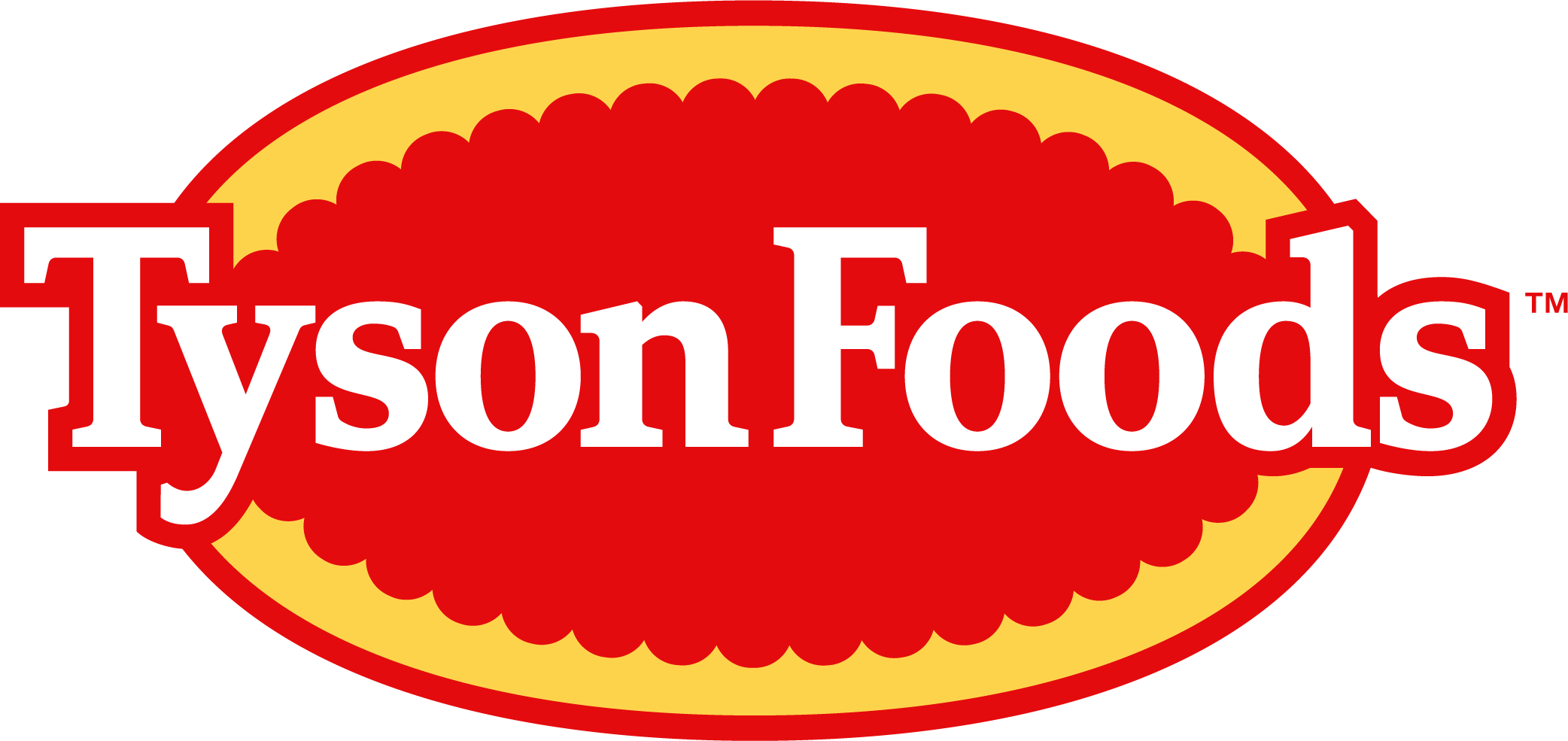
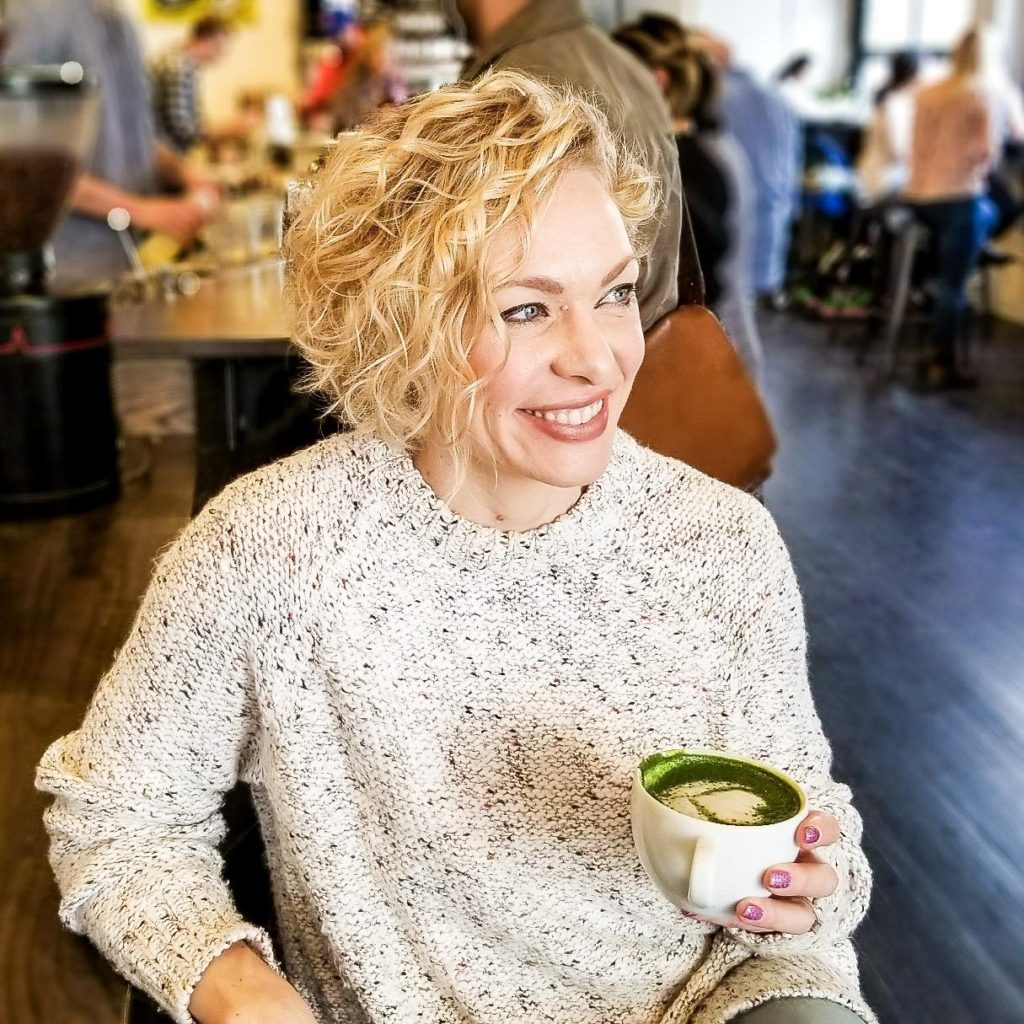

0 Comments
Leave A Comment